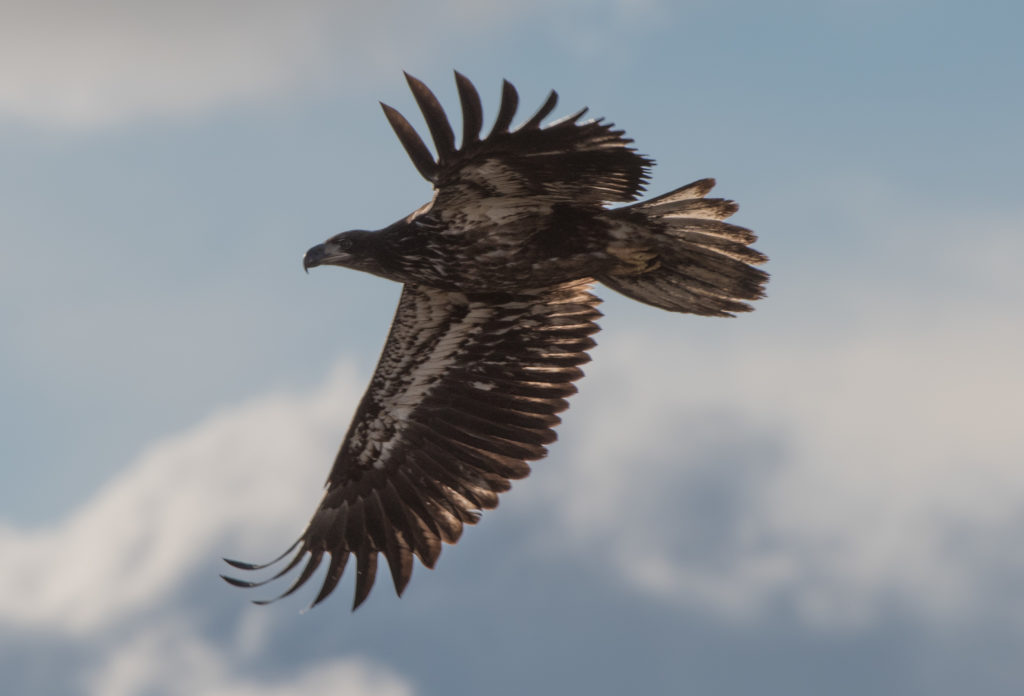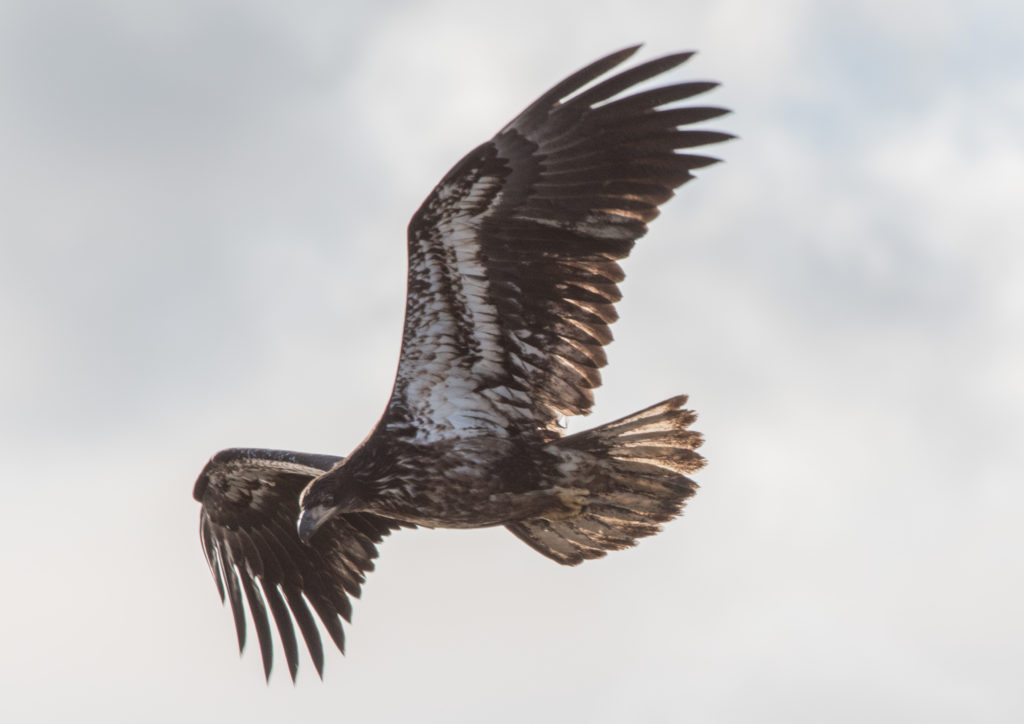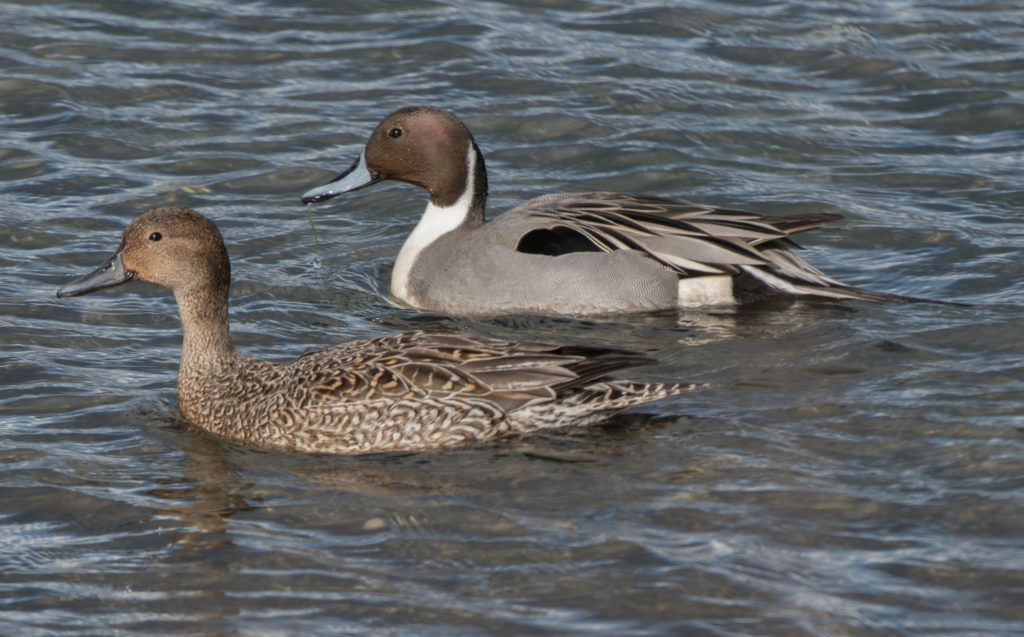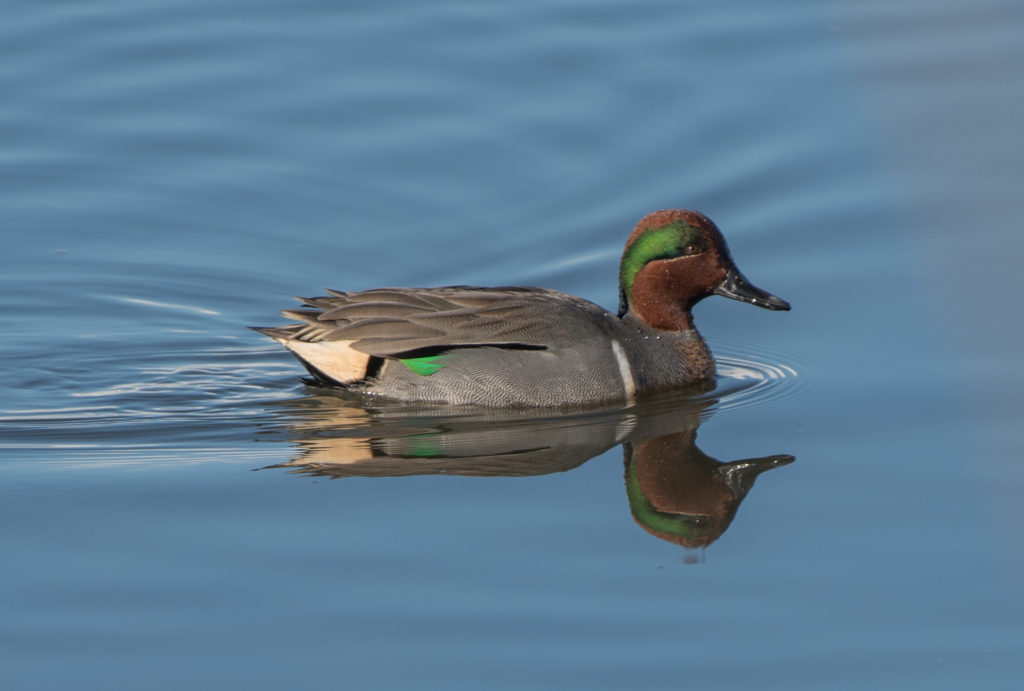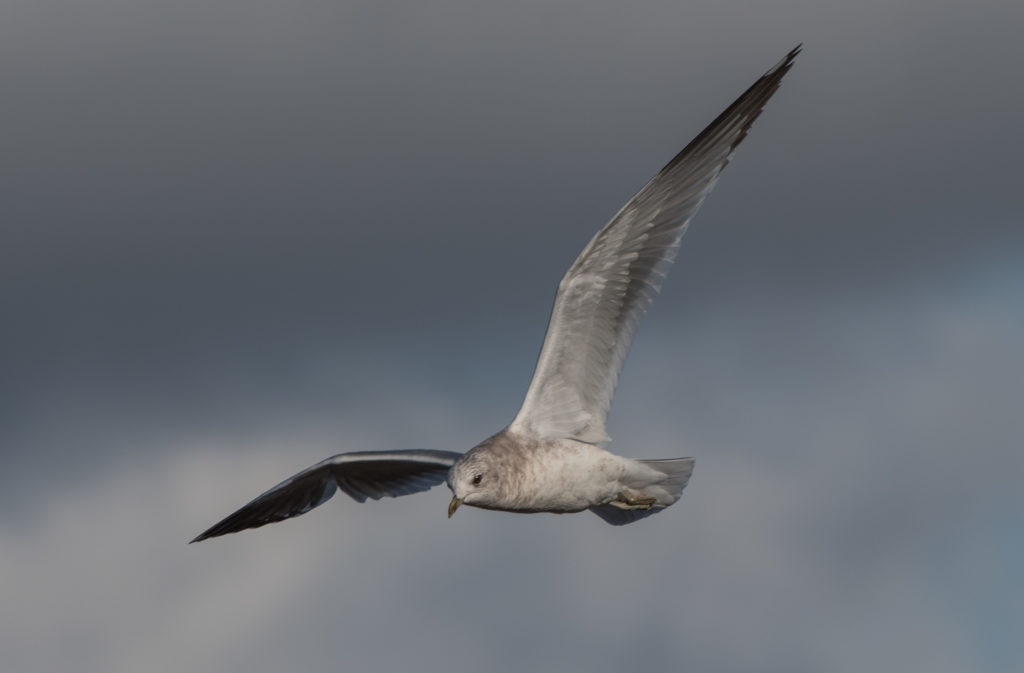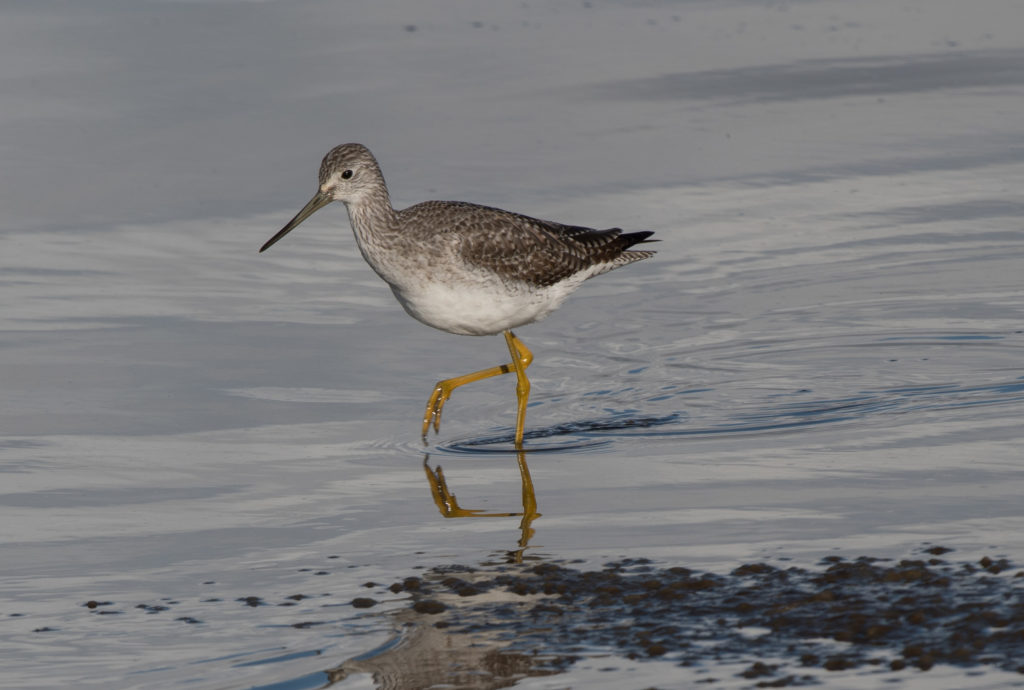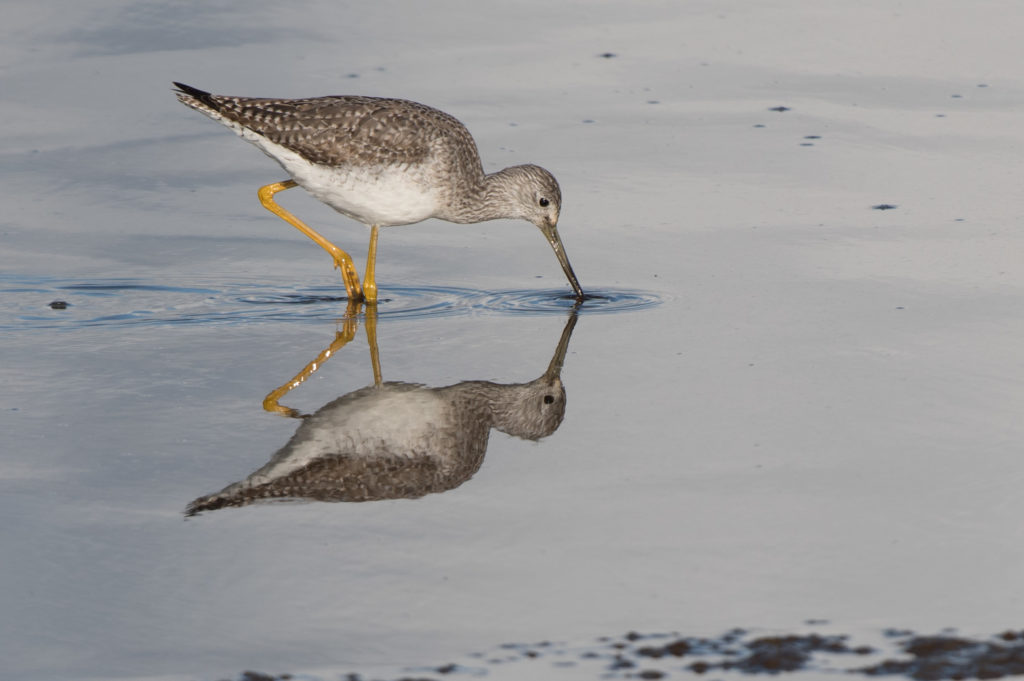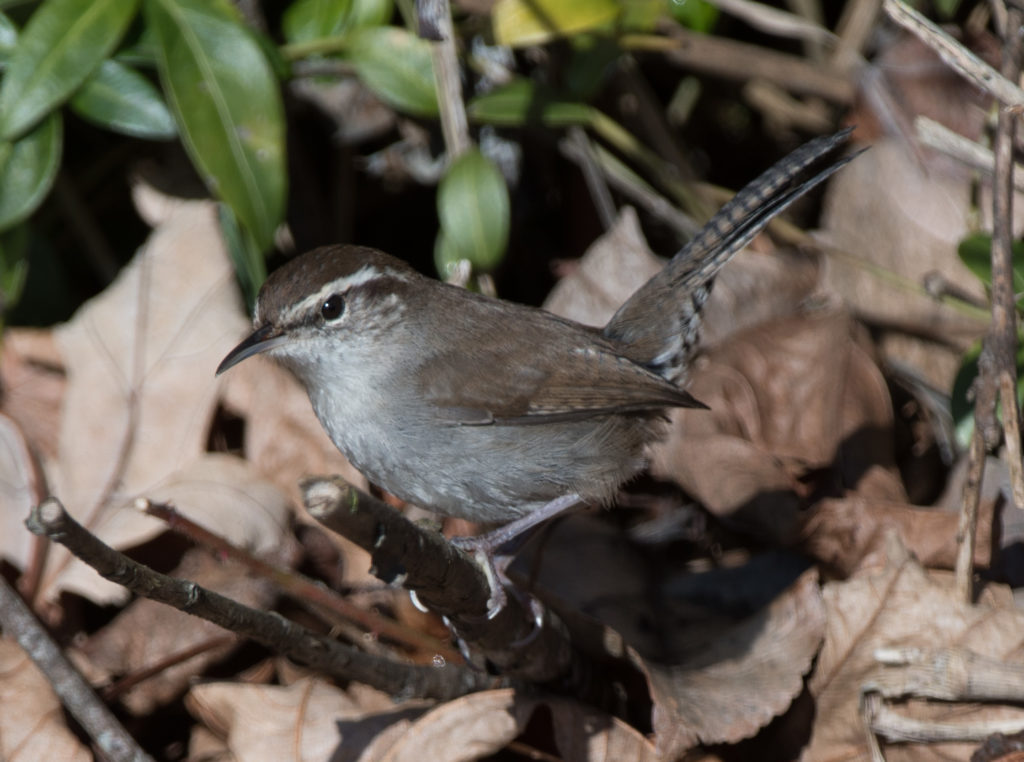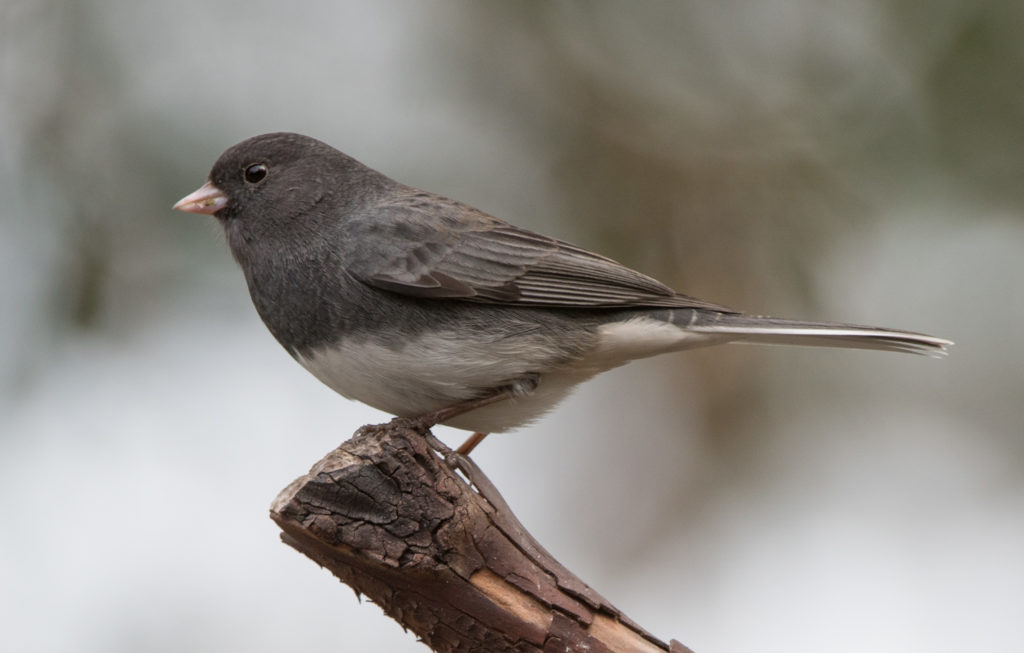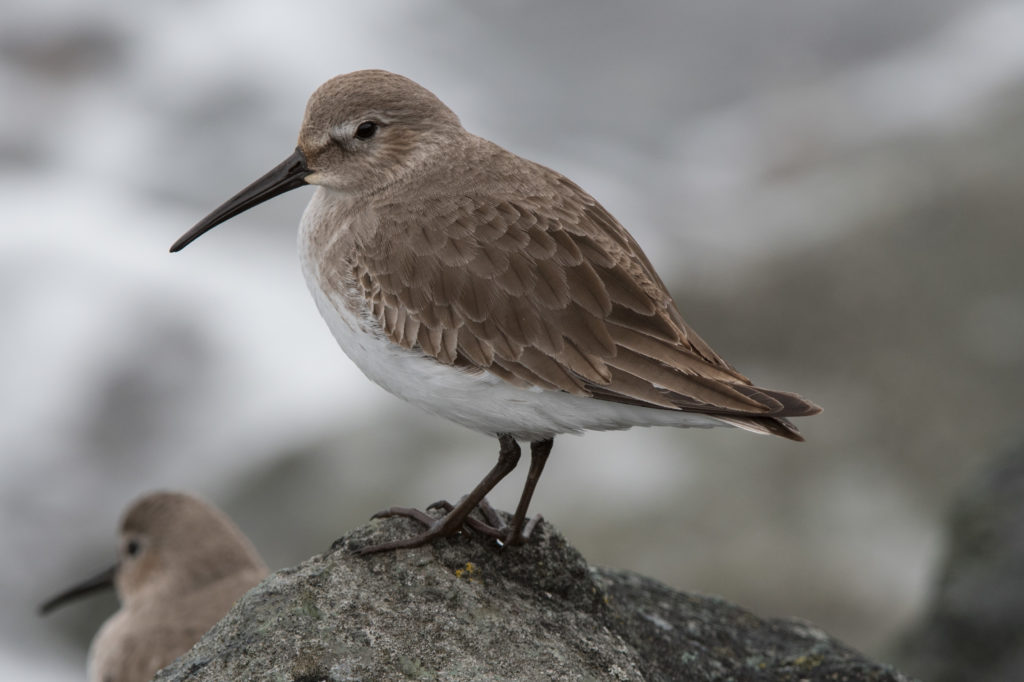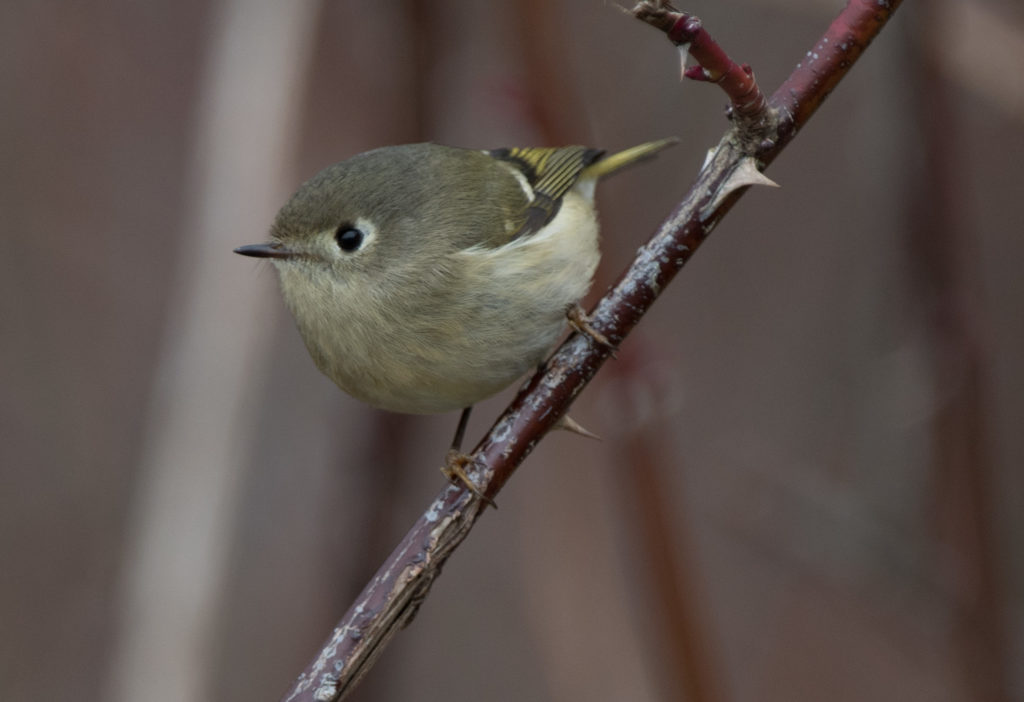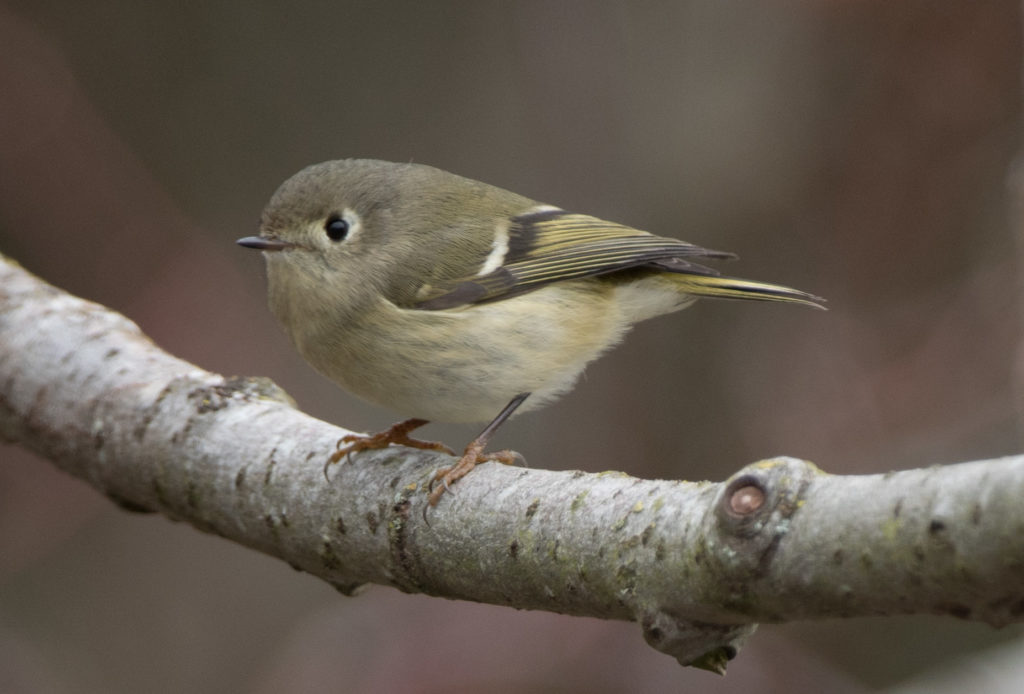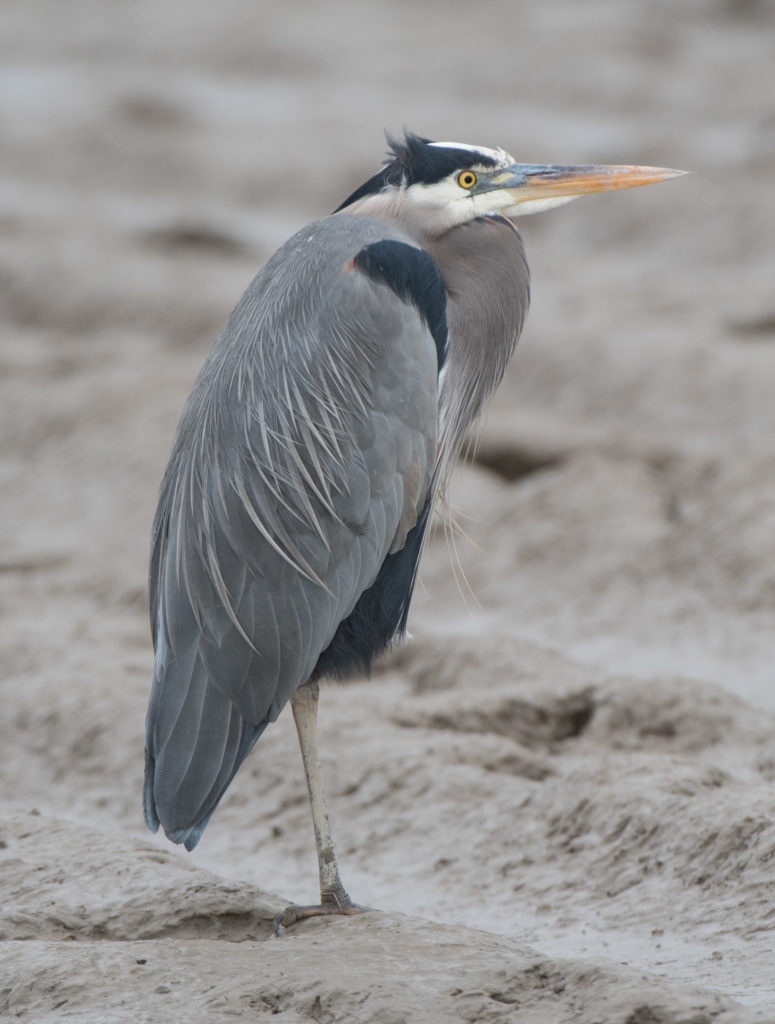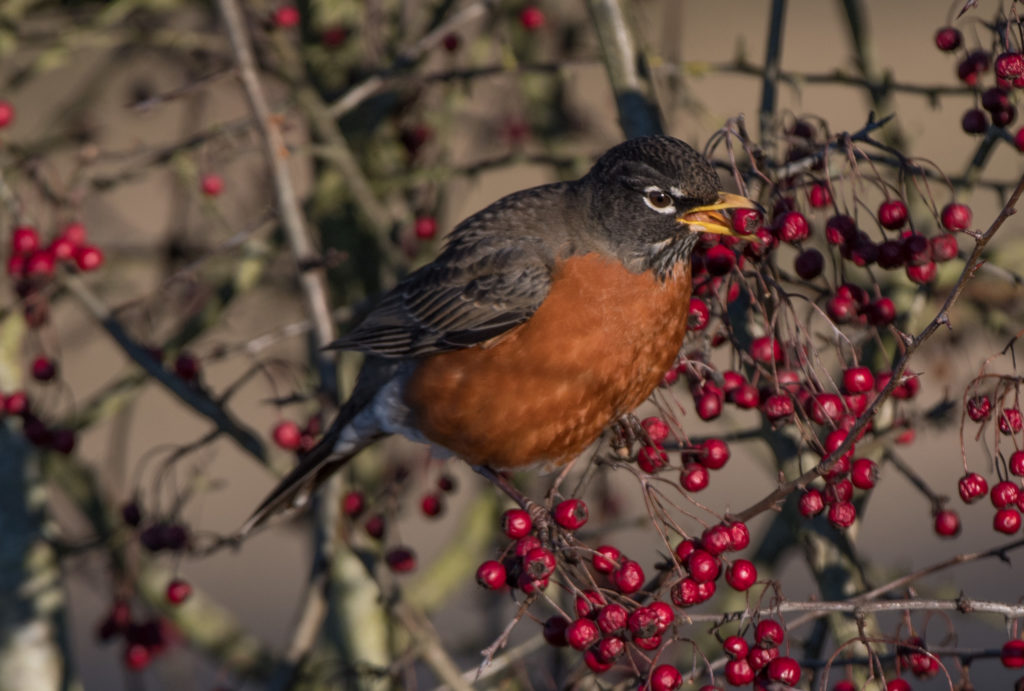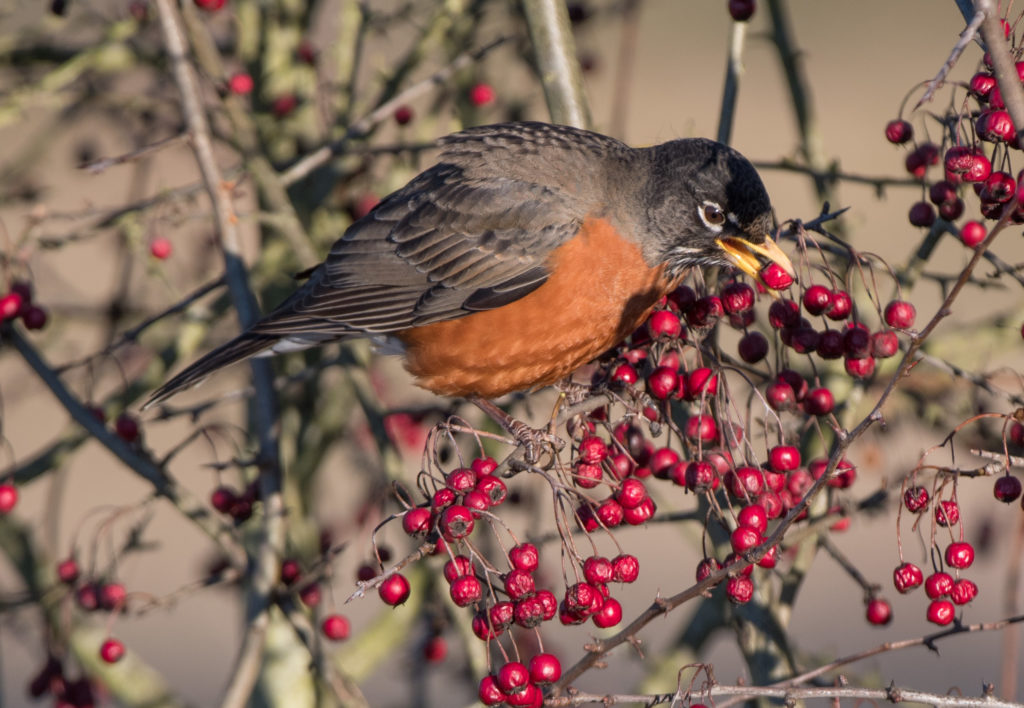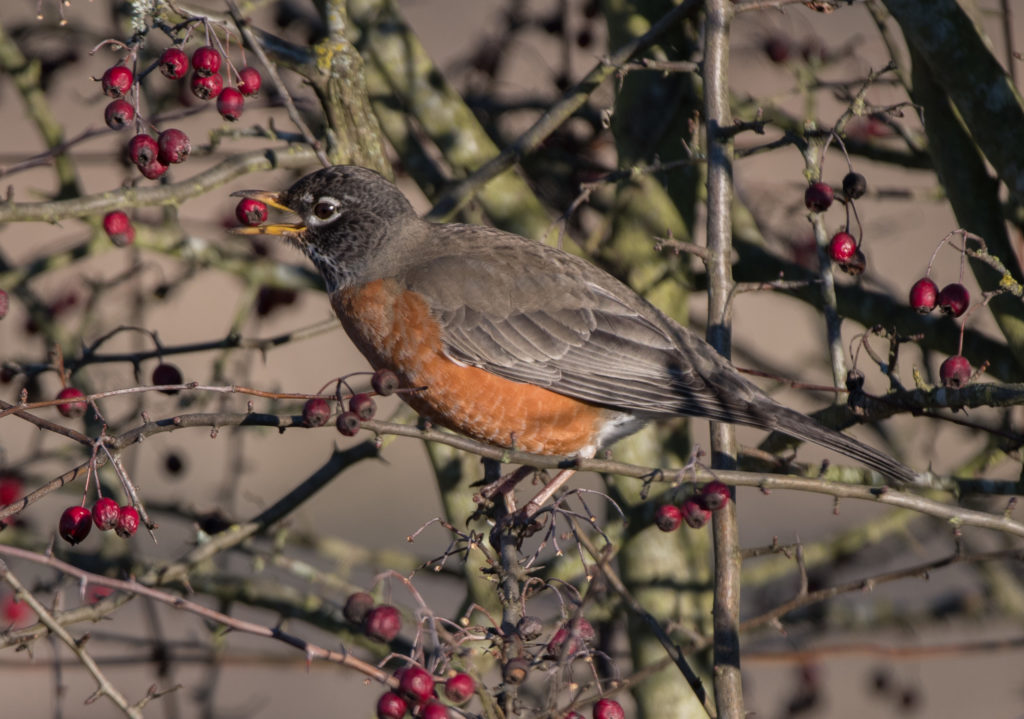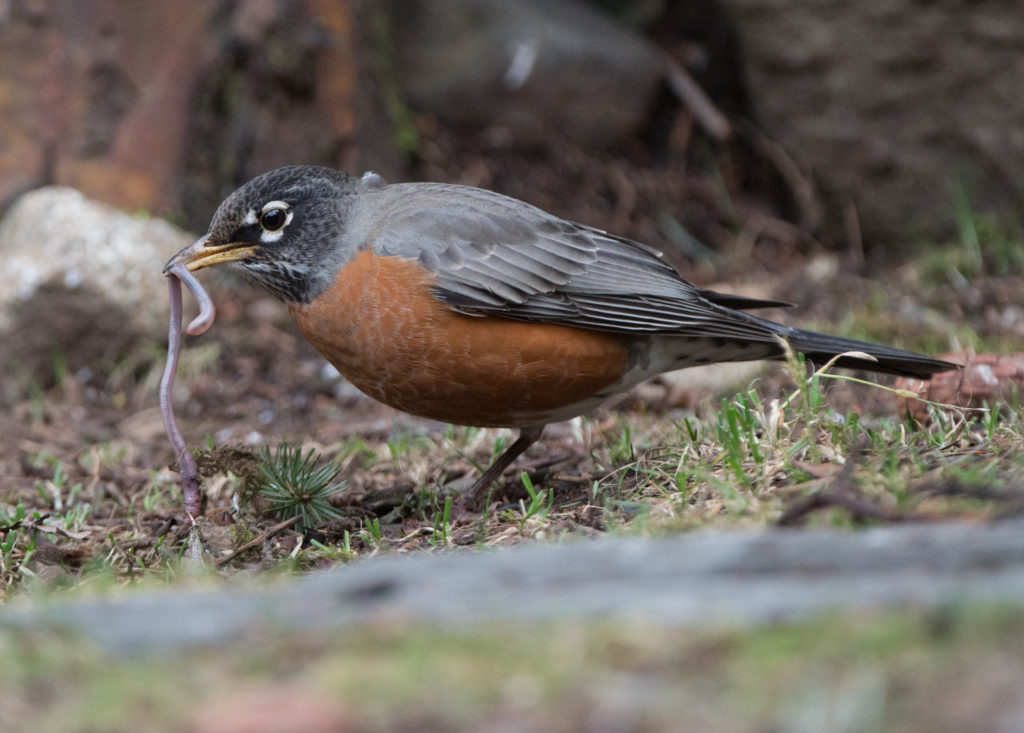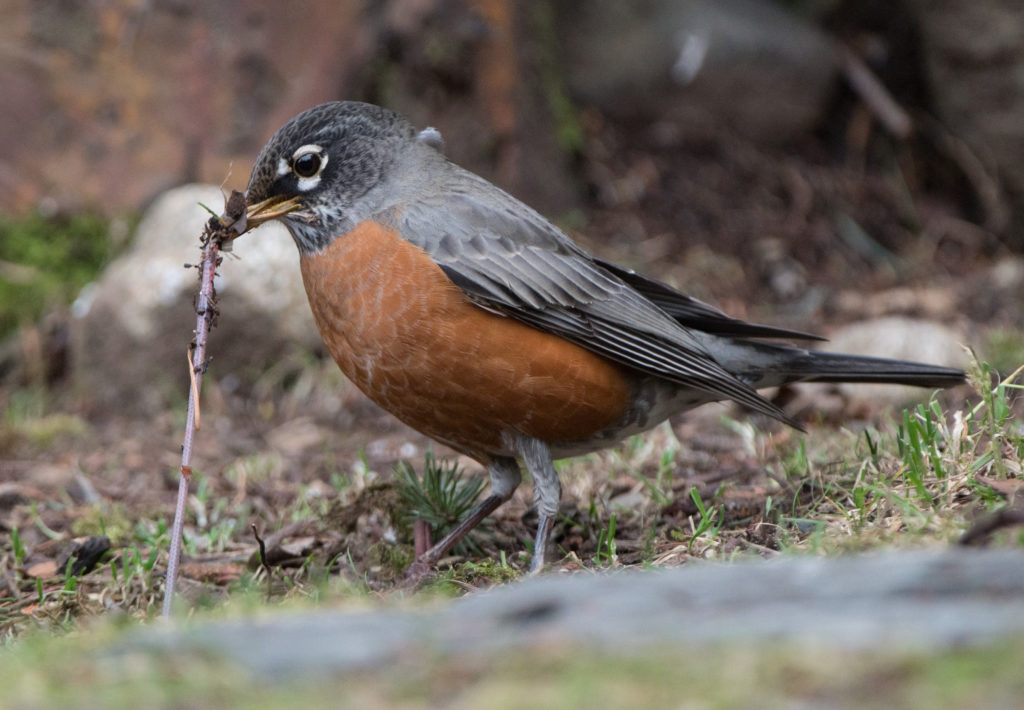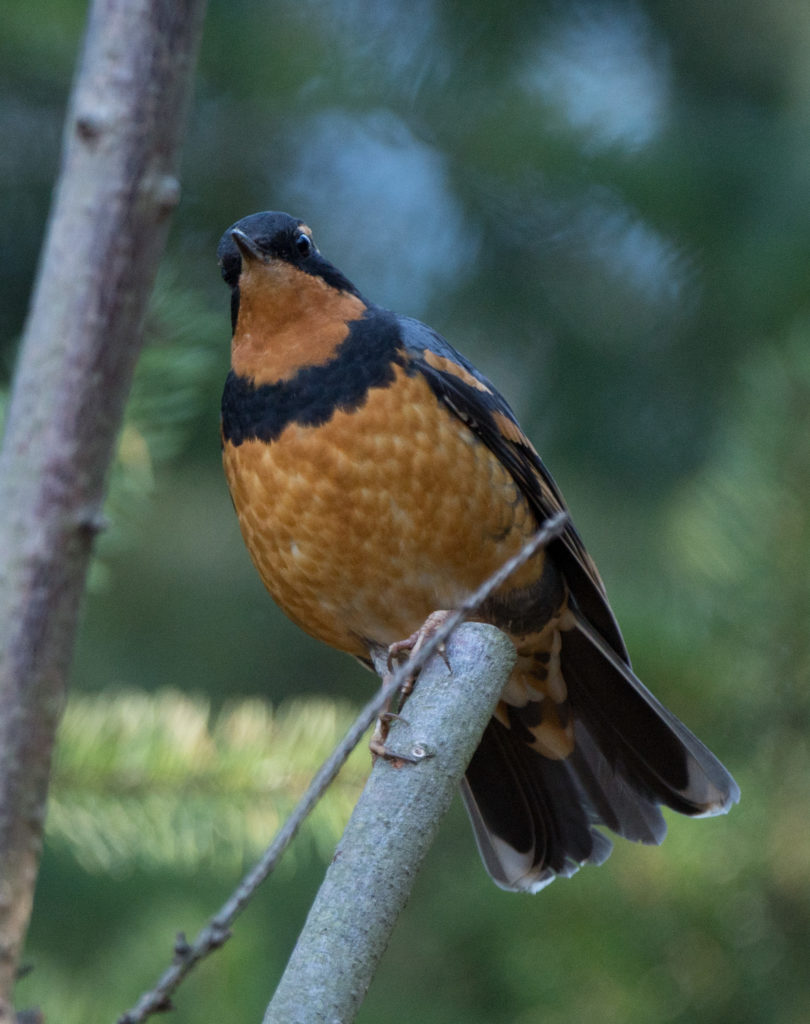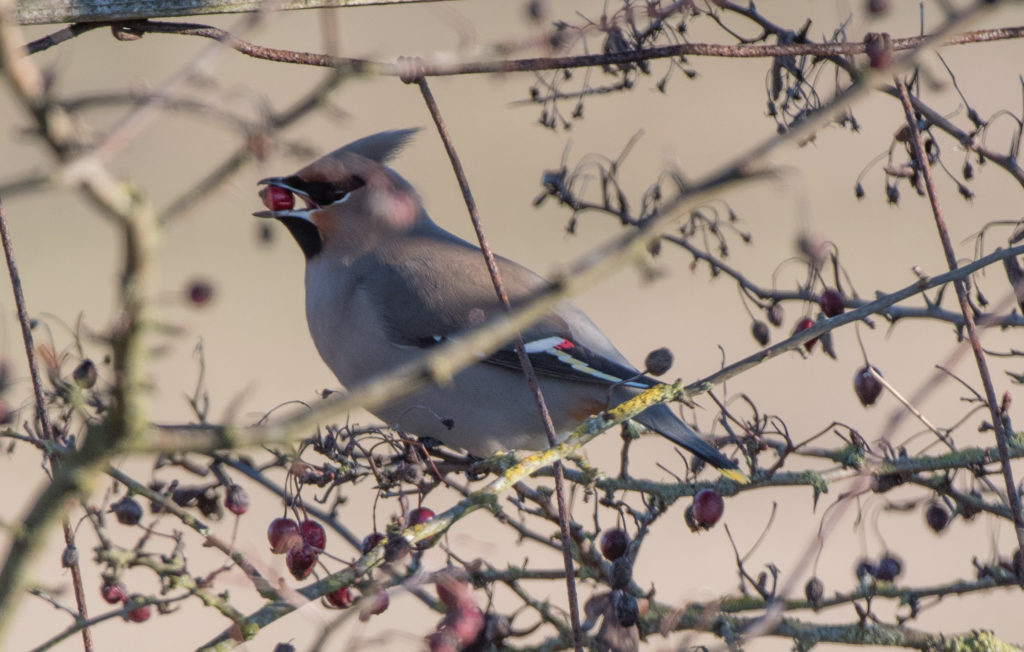All of us here in the Pacific Northwest are looking forward to spring. Other than a very shy Varied thrush or two there have been few visitors outside the usual winter cast. And try as I might, the Varied thrushes remain elusive!
I spent an hour or so on a rainy Saturday (Feb 18, 2017) in the yard photographing birds. In terms of sheer numbers, the Dark-eyed (Oregon) juncos have the overwhelming population advantage.
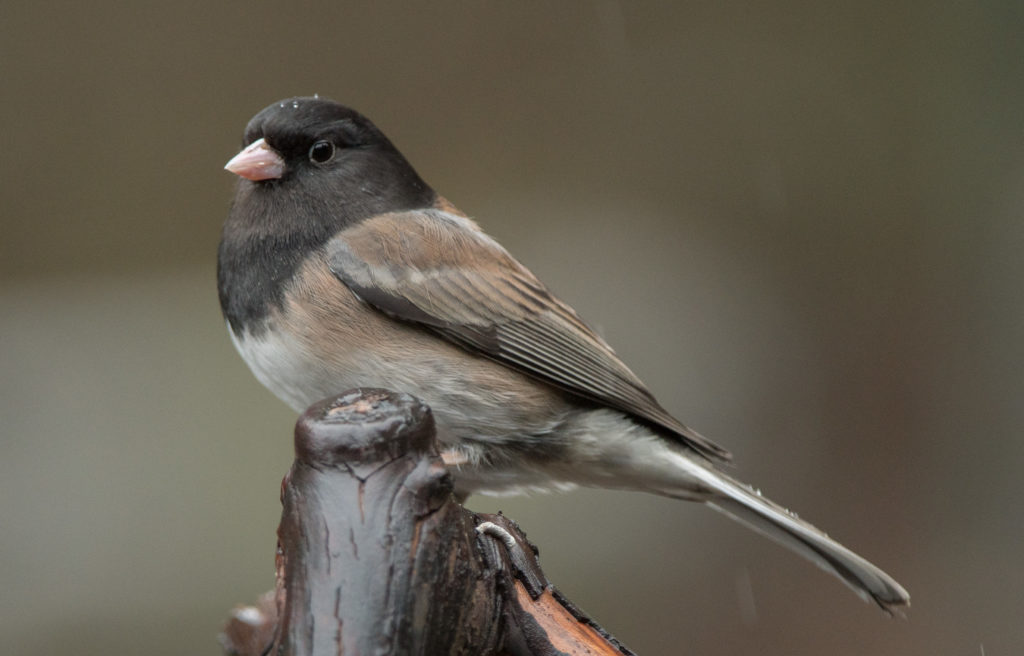
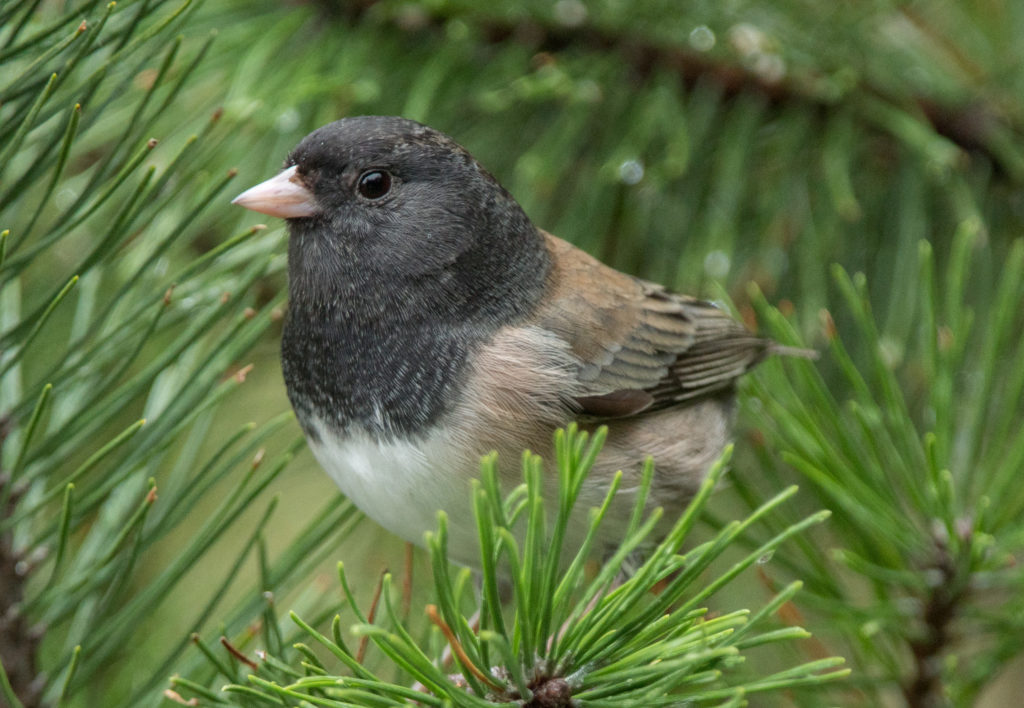
We still have at least one, and possibly two, Dark-eyed (Slate) juncos. They almost never seem to be in the yard at the same time but my wife and I have noticed some color variations that make us think that we have two this winter.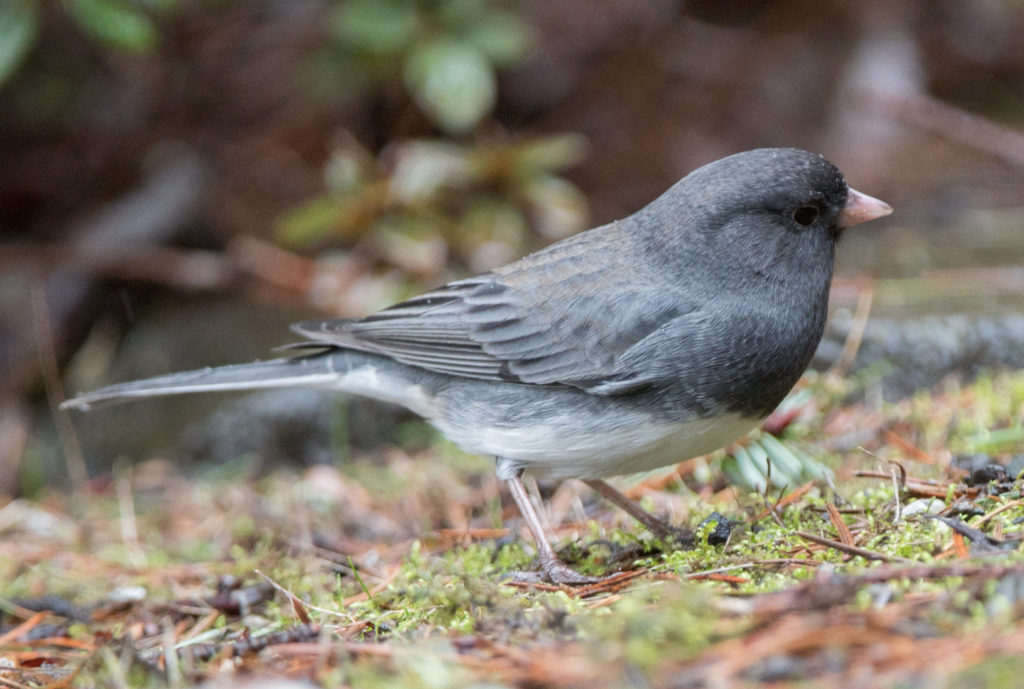
We still have a Bewick’s wren that can be found almost any time of day on either one of the suet feeders or one of the peanut feeders, a major departure from the bird’s usual diet. I’m assuming that the bird will revert to insects once the weather warms.
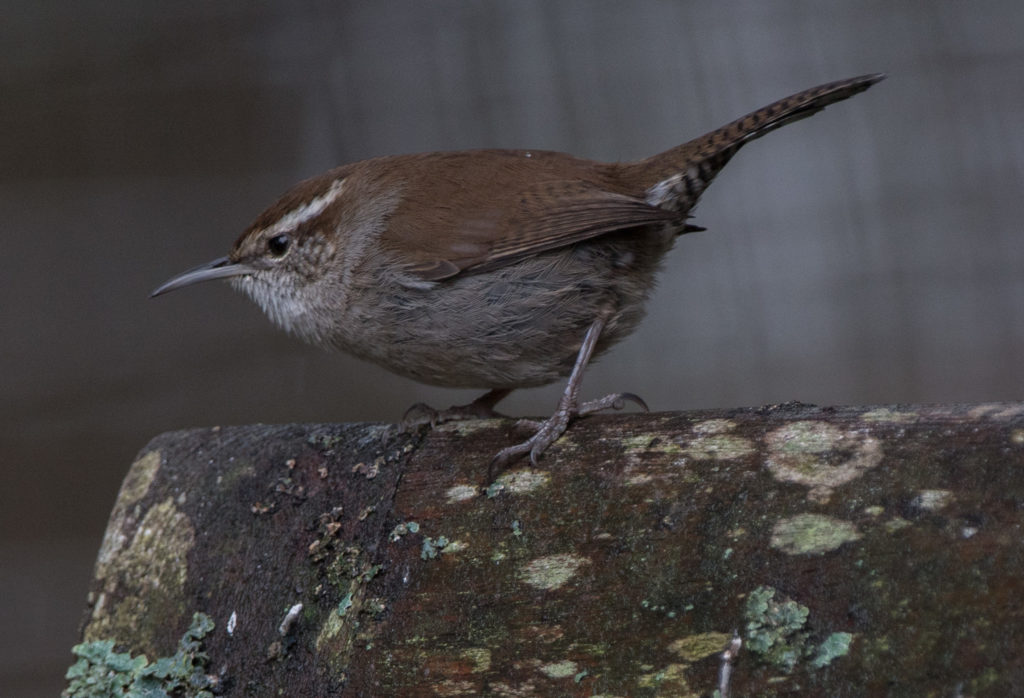
We have a pair of Spotted towhees, this being the male.
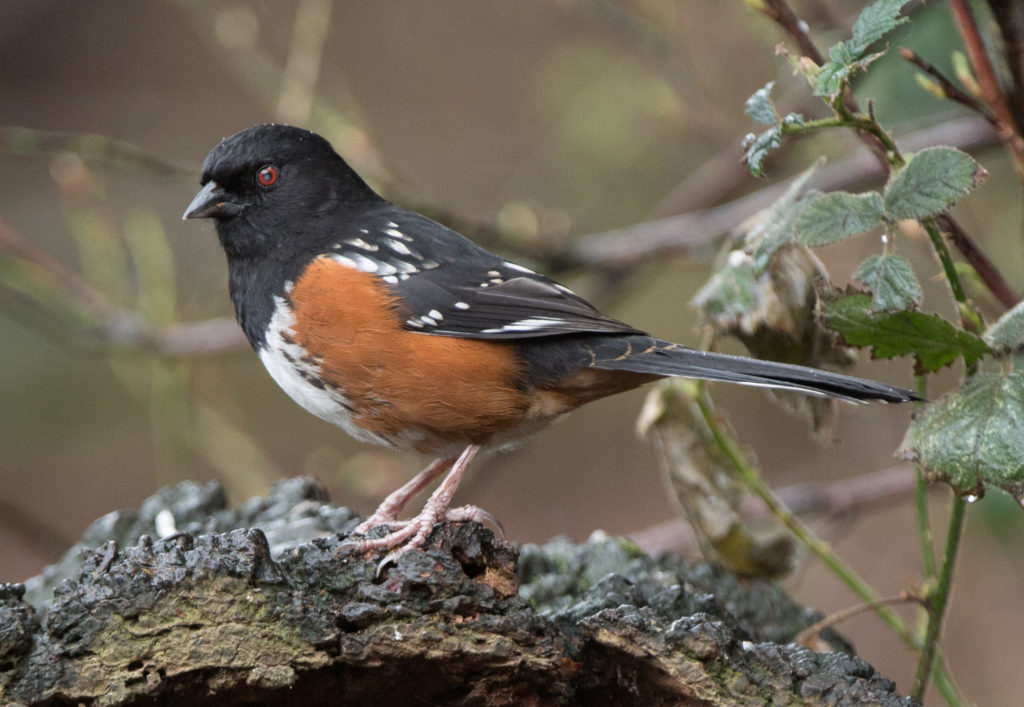
Although we almost never have American goldfinches here in the winter, although they can be found in Skagit County, about two weeks ago we had a pair show up in the yard. Today I counted six and noted that they are beginning to acquire their breeding plumage.
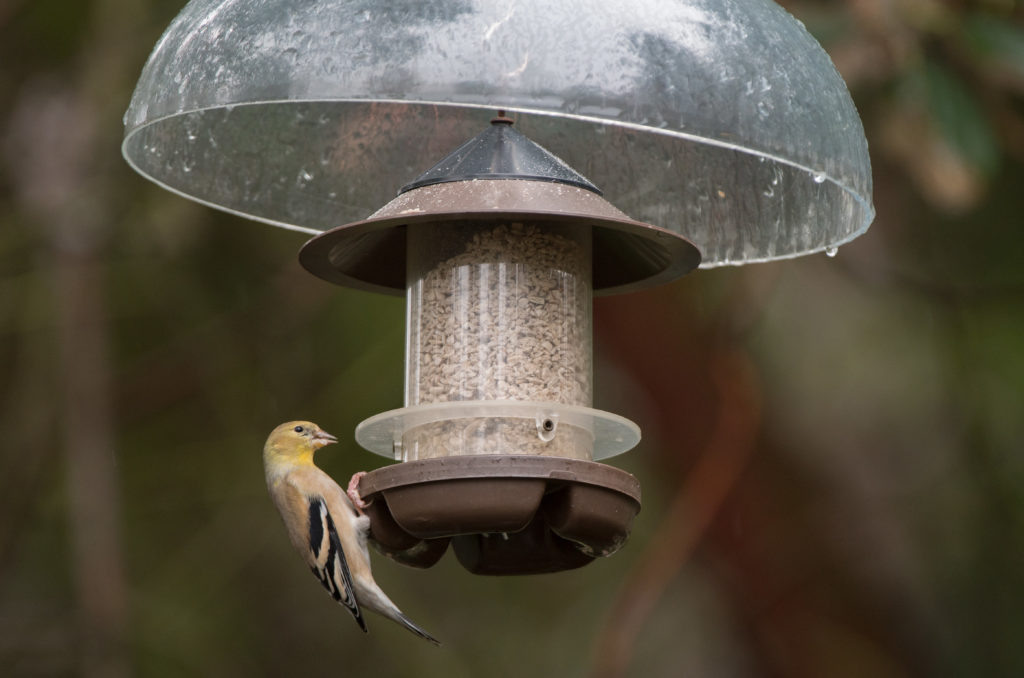
We have several of the more drab sparrow species in the yard. The Song sparrow…
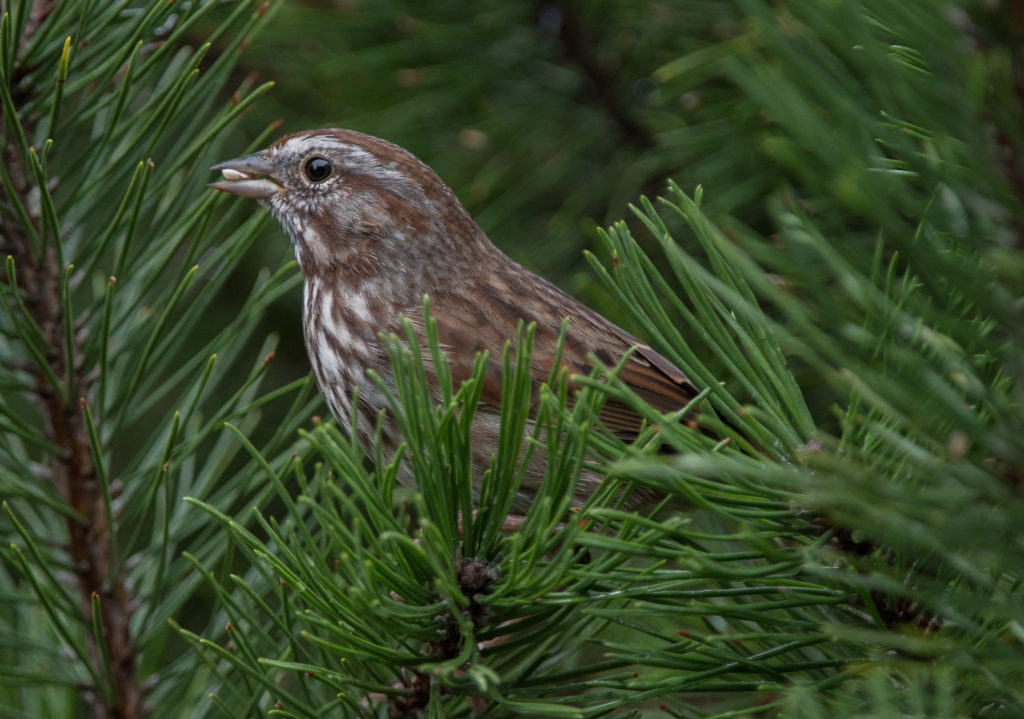
The Fox sparrow…
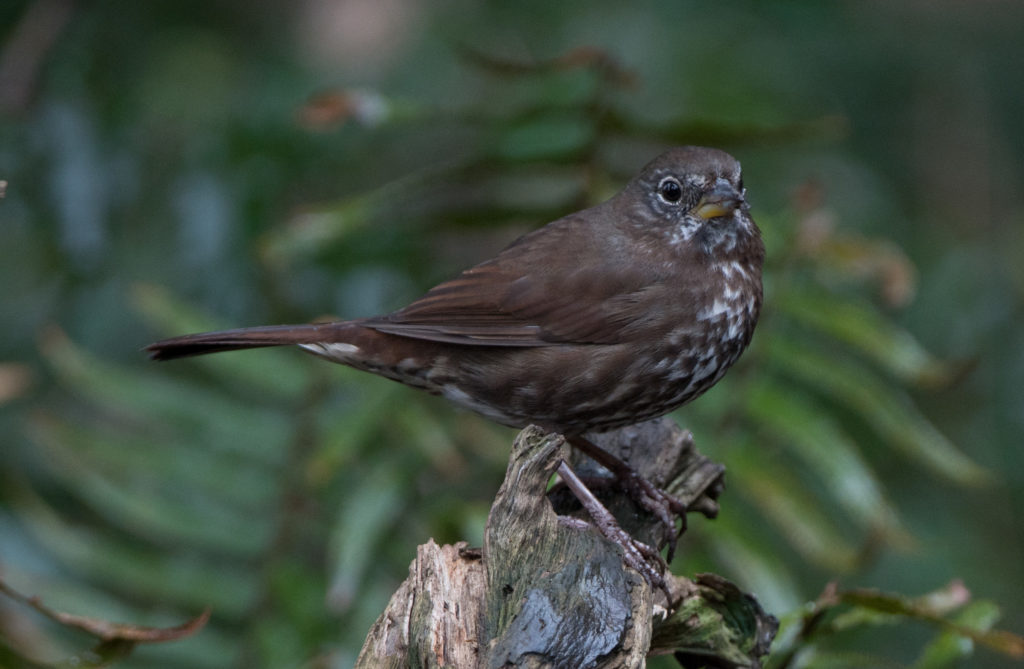
And the Golden-crowned sparrow. The Golden-crowned sparrows are beginning to acquire breeding plumage and in the next several weeks will be departing for breeding grounds further north.
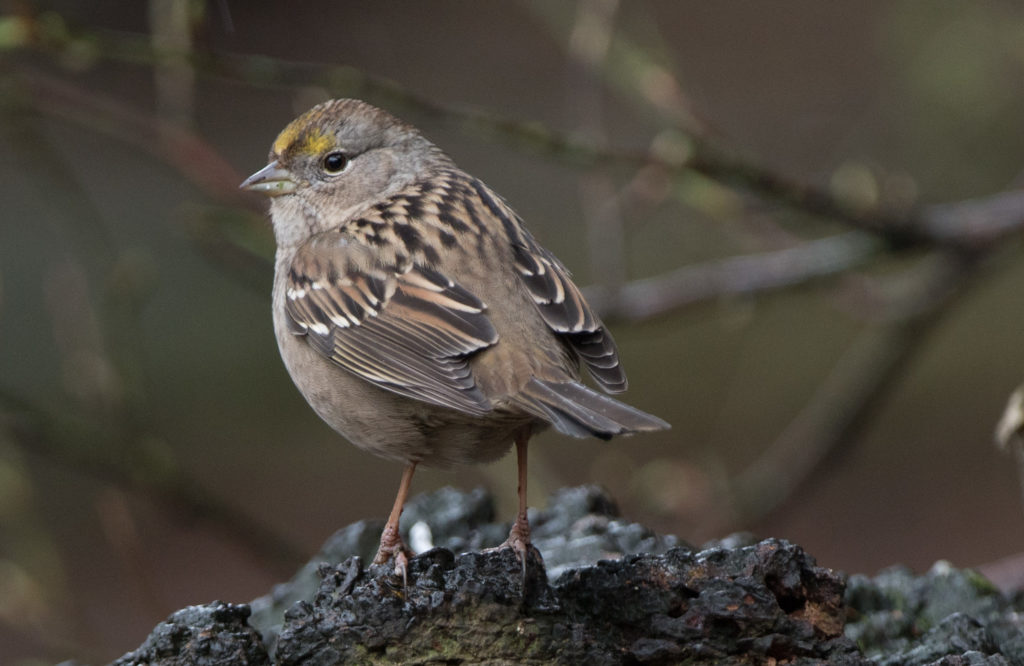
We also have male and female Northern flickers, male and female Downy woodpeckers, a male Hairy woodpecker, at least one male and female Anna’s hummingbird, a large family of Bushtits and some newly arrived, after a long absence, Pine siskins.
I’m looking forward to spring and more warblers than we managed to attract last year.

